5 Tips to Make Math Independent Practice Effective without Overwhelm

What is Independent Practice & Why do Primary Students Need it?
Independent practice basically asks students to practice a skill with little or no assistance from the teacher or parent. In the teaching cycle, it follows teaching.
Just because we taught it – does not mean that they learned it. It's the independent practice that provides the students with time and activities that will reinforce the skills taught so they can work toward mastery.
Independent practice also helps the brain move new skills and concepts from short-term memory to long-term memory.
Although independent practice is essential for learning in all subjects, we will be focusing on using it in the context of math fact fluency.
- Addition facts
- Subtraction facts
- Multiplication facts
- Division facts
Independent practice is a key piece to the ‘math fact fluency puzzle‘. Without it, our students will not remember the facts – long term…. like next year when they are challenged with increasingly complex math concepts and skills.
How Do I Make Math Independent Practice Effective?
For practice to be effective it needs to be:
- Differentiated
- Engaging
- Math Fact Practice Regular Routines
- Variety of Contexts
- Self-checking
So, let’s unpack each of these essential elements of effective practice.
Differentiated Independent Practice for Math
Differentiated practice is practice that is chosen and assigned based on a student's level of learning.
We use the data from the assessments that we give each week so that we can assign practice with the exact math strategy that each student needs.
Check out these examples of Differentiated Math Practice for k-2 Students.
Each game focuses on a specific mental math strategy.
More about differentiated math games here.
Having games that are skill-based available, gives you the inventory to assign specifically to each student's particular need.
You are giving them practice that is not too hard, or too easy, but just right.
These color by code practice activities are also available for each mental math strategy, so you can easily differentiate practice for each student.
You are giving them practice that is too hard, or too easy, but just right. 😉
Check here to learn more about color by code practice – and get a free sample!
Engaging Independent Math Activities
The human brain craves novelty. For our practice opportunities to be effective, we must be sure that they are engaging and that we have a variety of activities. A game may be super engaging to students in September – but by November – they are not quite as enthused – if not flat-out bored with it.
One solution to this problem is to switch out your centers and partner games every month or so. Still with the same strategies – just a variety of new games & resources.
Students get really engaged with mastering their math facts when they start tracking and setting goals!
Earning a karate belt or superhero shield really gets them motivated and engaged.
Like fuel to a fire!
Find more ideas to motivate and engage your students during your math block here.
Math Fact Practice Regular Routines
There are huge benefits to providing practice opportunities for your students for the whole year. A large percentage of our students are not going to become fluent in math facts in the short time our curriculums allow for it.
That is the challenge you face – finding and using resources that will fill the curriculum gaps.
“To build math fact fluency, the most effective strategy is to give students 10-15 minutes per day to practice using what are called derived facts strategies (DFS). Essentially, DSF’s are using facts you know to solve facts you don’t know.”
Sam Strother, Associate Director Developing Mathematical Thinking Institute.
This is a great partner activity to do over time, 3-5 times per week. Students absolutely love this ‘Fast as a Flash' partner activity. They never get tired of it. They will ASK you to do this!
Once they learn the routine, it can be done in about 10 minutes.
- It is differentiated!
- They are engaged!
- You have NO papers to grade!
Math Fact Practice in a Variety of Contexts
We need to give them that independent practice in a variety of times and contexts throughout our day:
- Centers
- Small group
- Partner Practice
- Independent Seatwork/Homework
Math Centers
Math Centers are yet another way to provide your students opportunities to practice and master skills and strategies that you taught in your lessons.
Small Group
Math puzzles are a fun way for a group to work together to solve all the puzzles.
Memory Match is another excellent small group independent practice.
These make engaging ‘warm-ups' during math center time with the teacher.
NOTICE: these puzzles all have the Doubles fact strategy – which is so ideal for differentiation!
Partner Practice
So many wonderful ways to practice with partner:
- Partner Quiz (quiz/quiz/trade)
- Partner Games
- Part/Part Whole flash cards
- Memory Match
- Math Puzzles
Independent Seatwork/Homework
These NO PREP worksheets are fun for students to do at their desks, or to be taken home as homework.
Print them on colored paper to make them more enticing.
Use seatwork for centers or have your whole group work on their individual differentiated packet at the same time.
Self-Checking Independent Math Practice
Self-checking activities prevent a lot of incorrect practice. Research shows that we need to practice 20 times to undo incorrect learning.
Another benefit of self-checking math activities is that they provide immediate feedback – research has shown that feedback is most effective when it's given immediately.
Self-checking activities also can boost student confidence, because we have taken the risk of making mistakes out of the picture. That builds confidence and resilience.
The single most powerful influence on enhancing achievement is feedback.
Hattie, 2009
These little booklets are engaging and self-checking. Students focus on the ‘Facts I am Practicing' pocket and say the answer to themselves, then they pull the card up to check their answer. If correct, it is moved over the ‘Facts I have Mastered' pocket if not – it is moved to the back of that pocket to be practiced at another time.
These Learning Streak Booklets promote the GROWTH MINDSET by tapping into the ‘Power of YET’ and student tracking. Students track each practice session by coloring their ‘streak’.
Boom Cards are self-checking providing instant feedback to students. They cannot progress to the next card until they answer each card correctly. And Boom provides you with instant feedback on how each student is progressing.
That easily obtained data, enables you to provide differentiated practice for all your students.
What's on Your Independent Practice Shelf?
I know you want to provide the needed differentiated practice that your students need. Independent practice that is effective because it is Differentiated, Engaging, Done over time, in a Variety of Contexts, and are Self-Checking.
So, before you rush out to get more – let's take a look at what your already have.
What's on your shelf? Let's do a ‘Differentiated Practice Inventory’ and check our supply of math fact practice activities. This inventory will let you know if you have any gaps in your Independent Practice resources and know if you need additional resources.

After you take an inventory of your practice activities, you will be able to see if you have any gaps that you want to fill.
If you find any gaps on your independent practice shelf – check out these teacher favorites!
Just click on the buttons to see them.






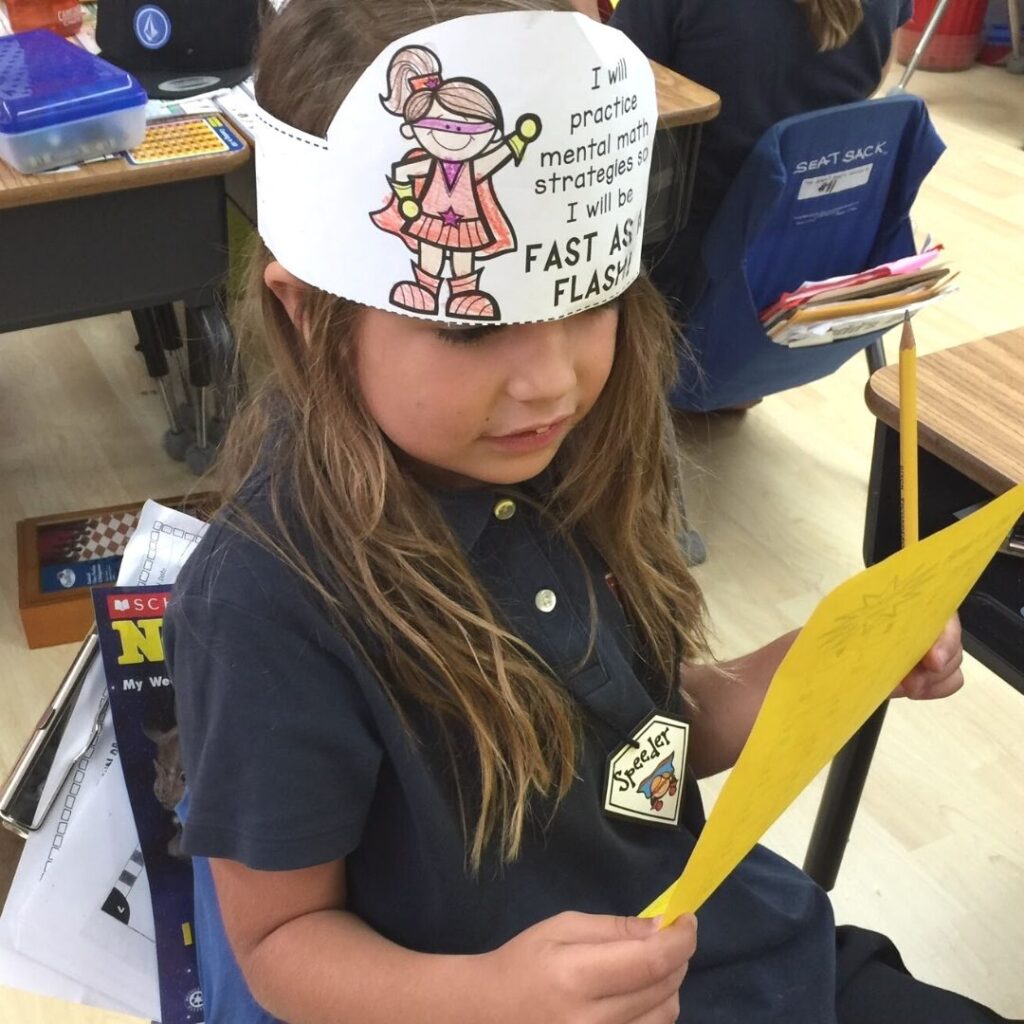
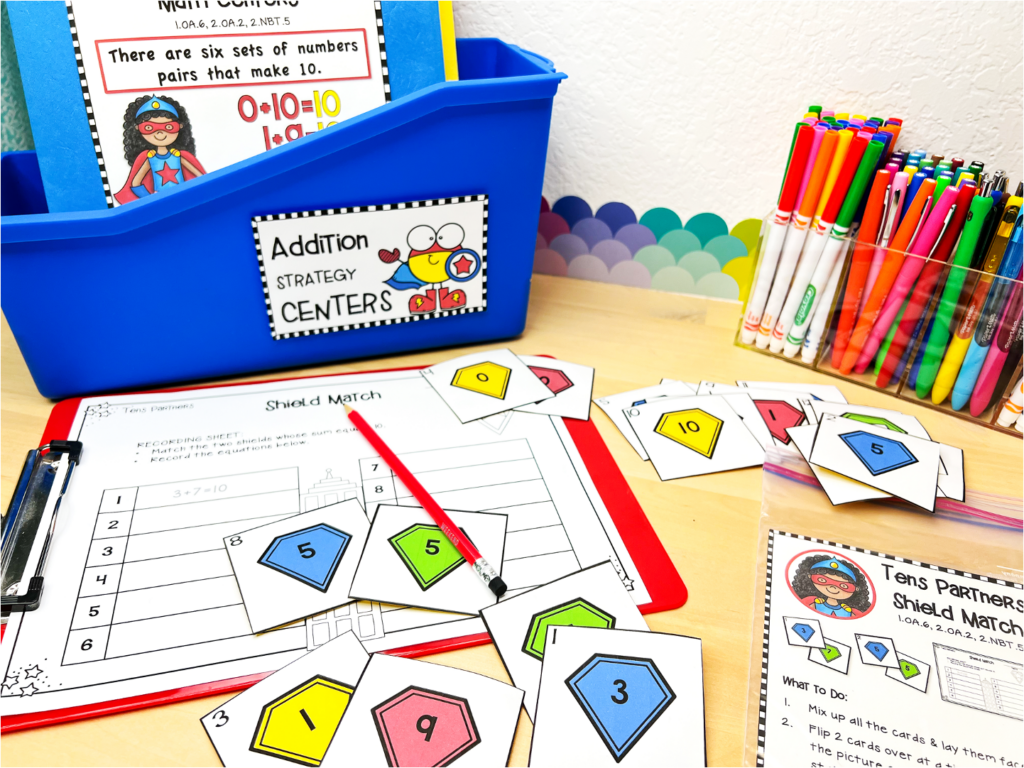

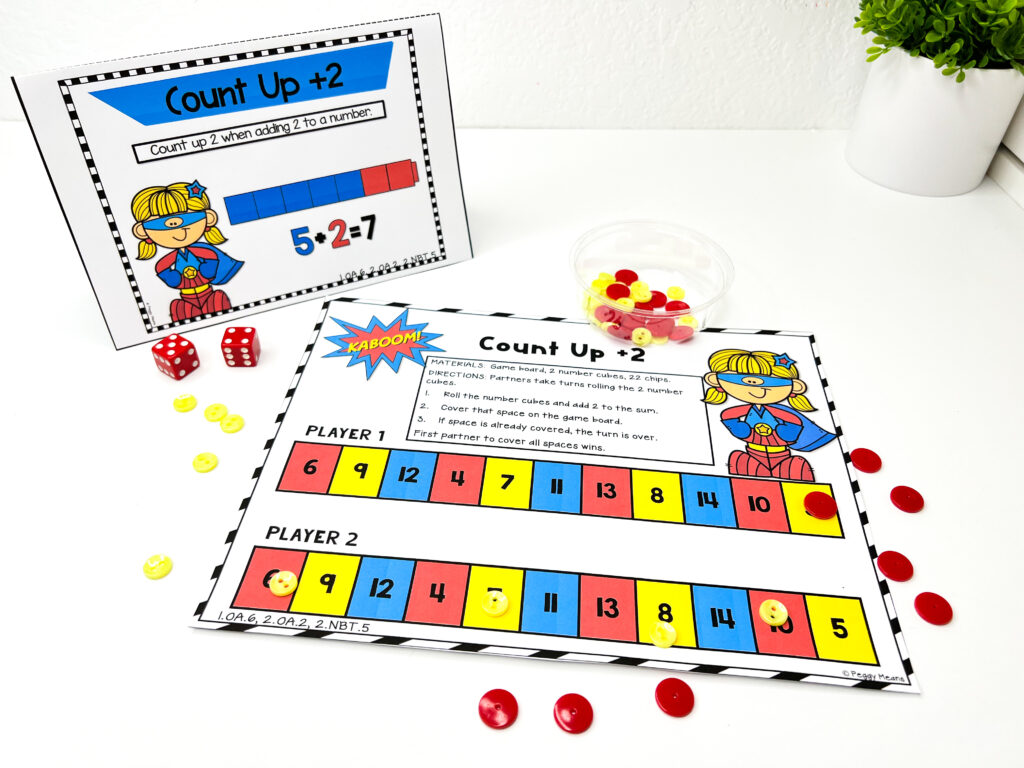

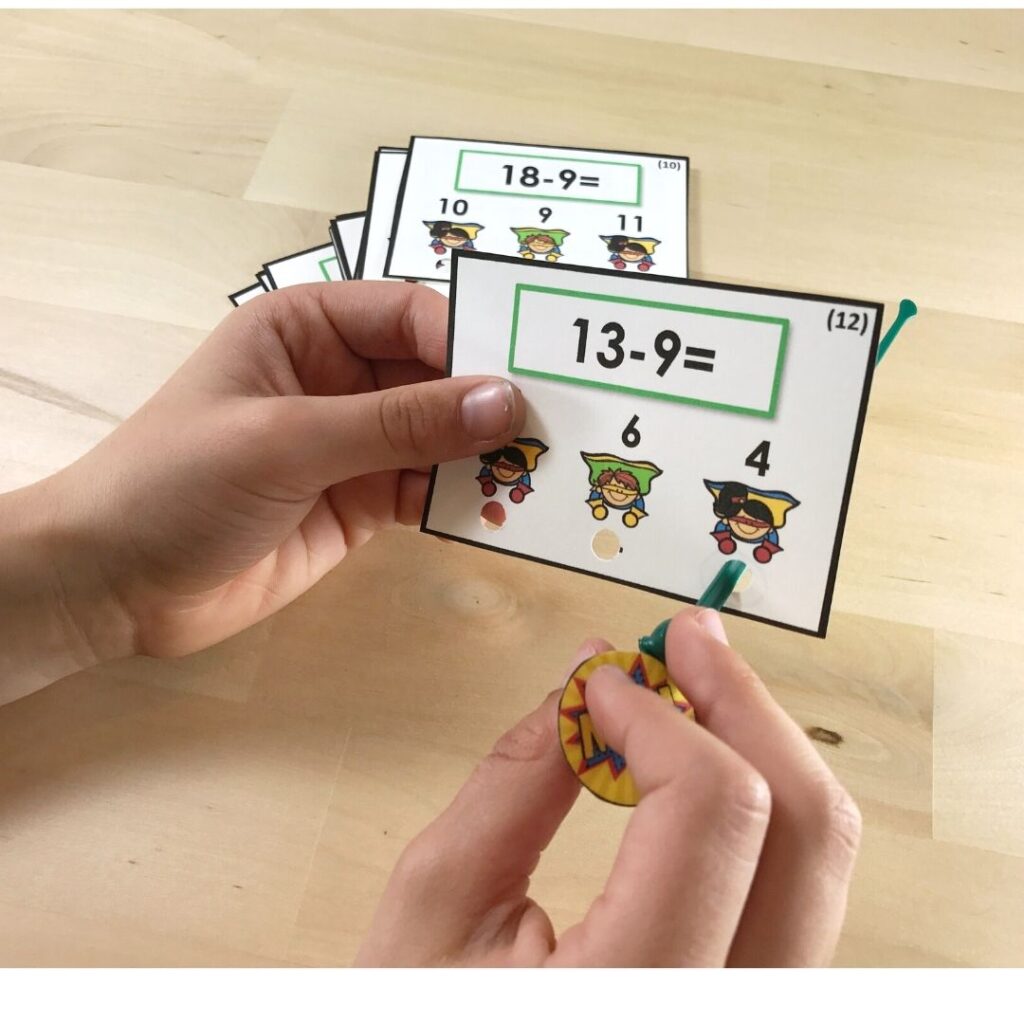




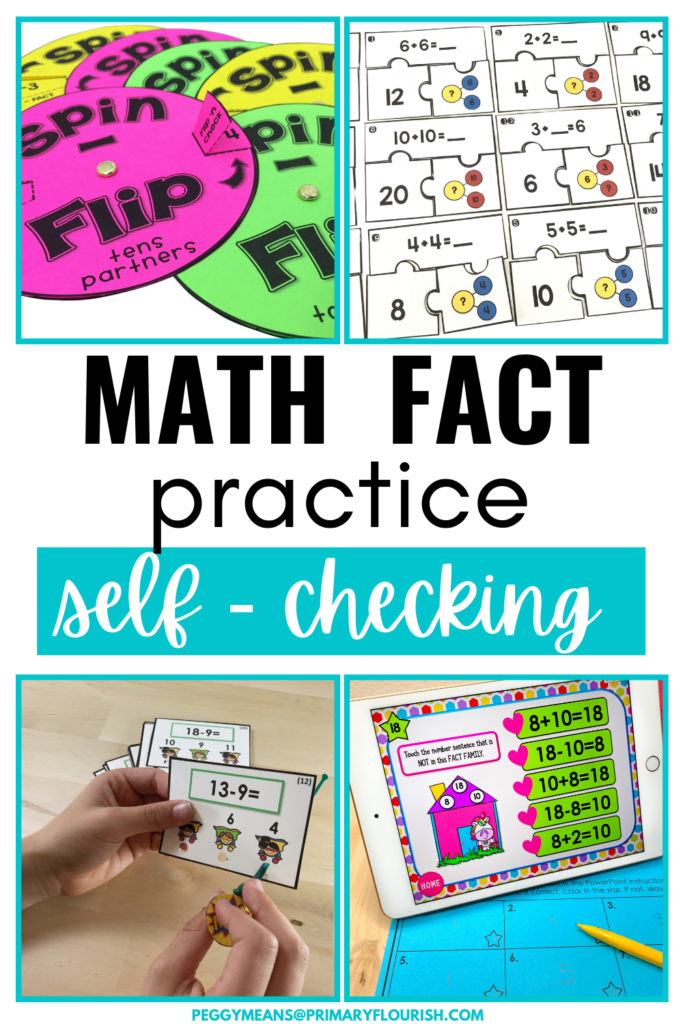
 My name is Peggy Means. I am a child of God and a retired elementary teacher. I loved teaching and creating engaging resources for my students. Now, I love sharing my resources and ideas with busy teachers around the world.
My name is Peggy Means. I am a child of God and a retired elementary teacher. I loved teaching and creating engaging resources for my students. Now, I love sharing my resources and ideas with busy teachers around the world.




